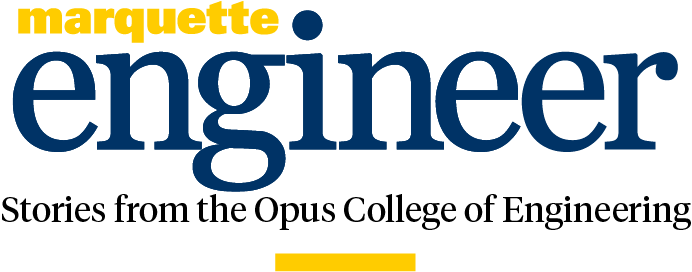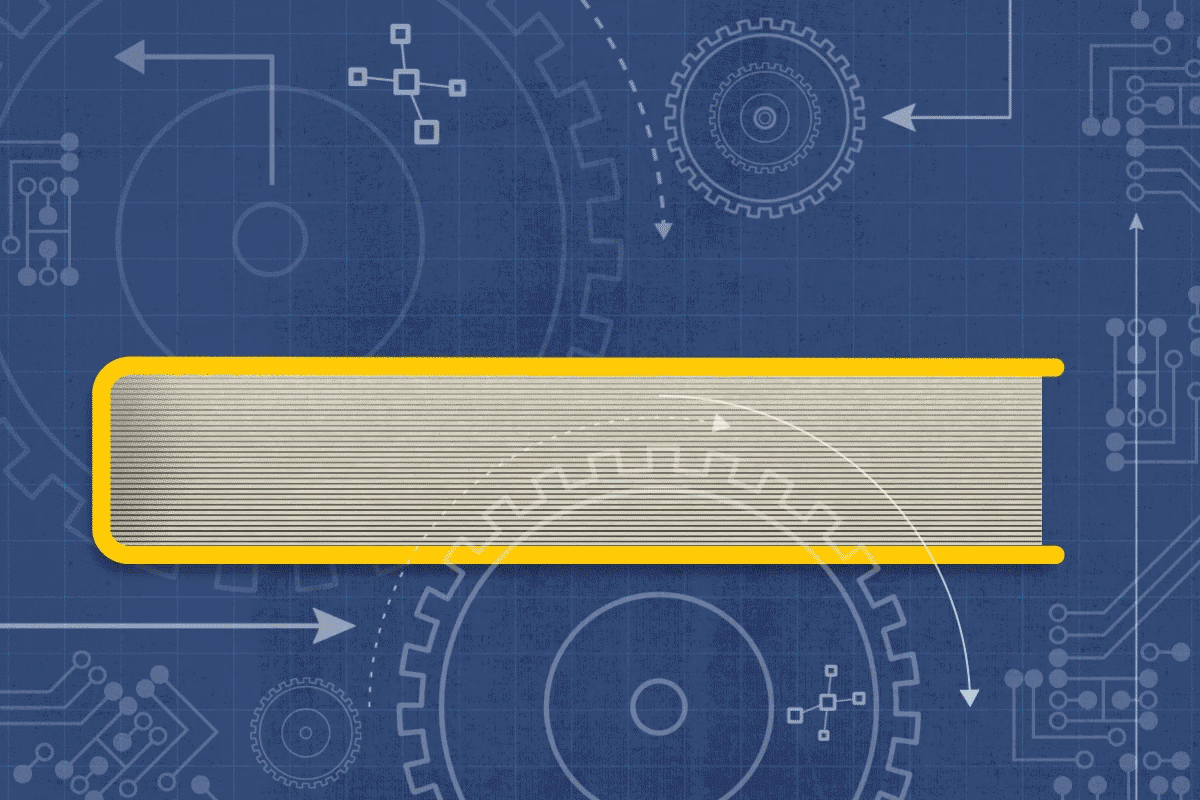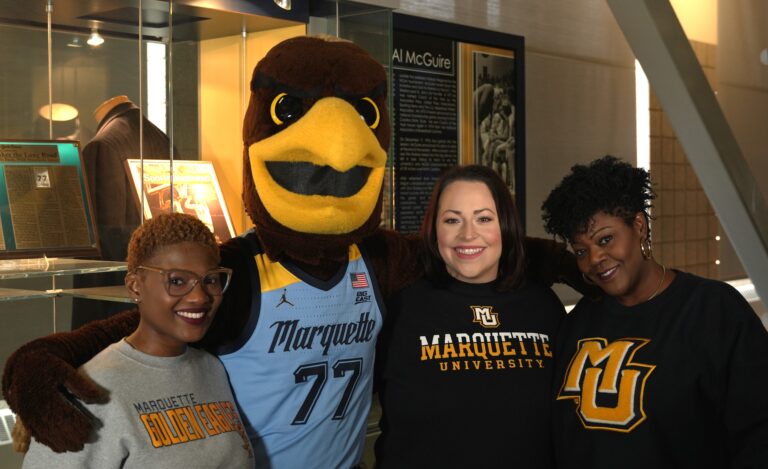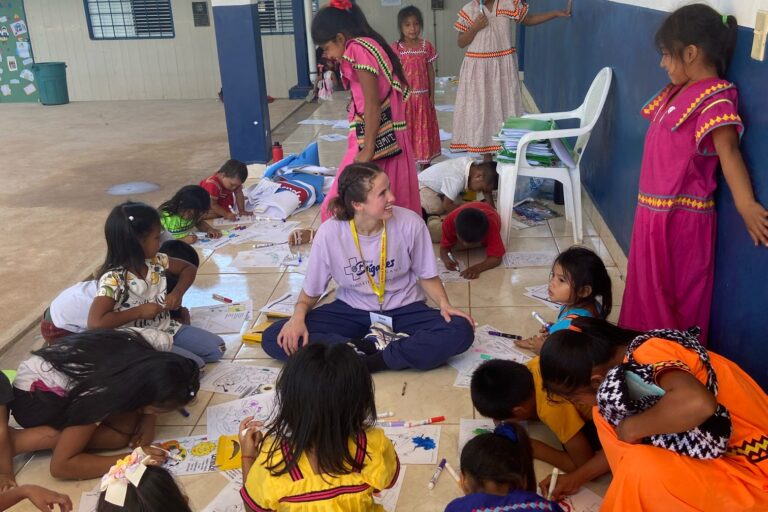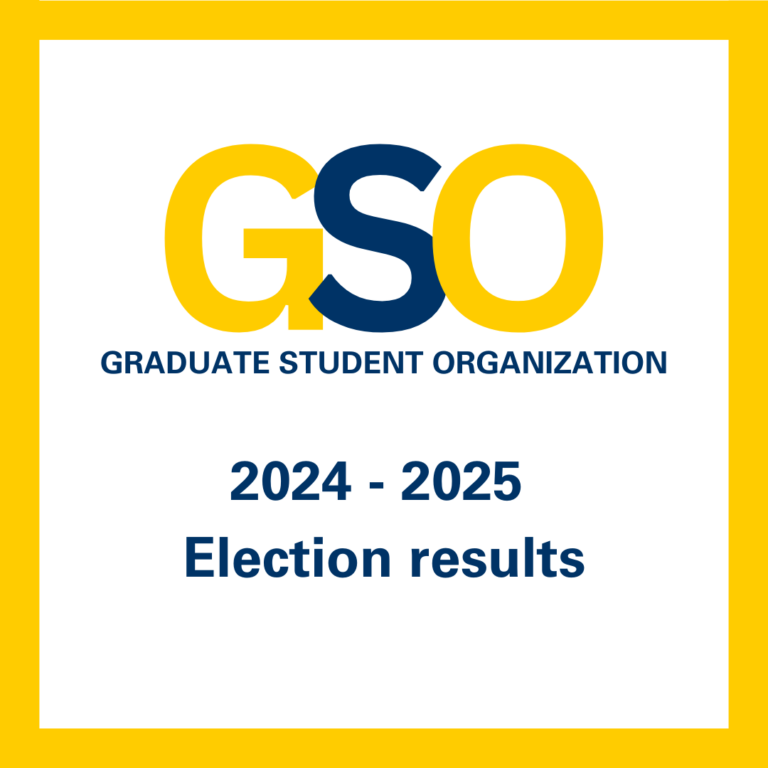Dr. Kris Ropella enrolled in the biomedical engineering program at Marquette University in the early 1980s when there were few female engineers and biomedical engineering was considered unconventional. Ropella’s father always challenged her to push back against the status quo, so she was drawn to the tension of a changing engineering landscape.
The lessons she learned from her dad — to “allow thinking and looking differently to create a tension toward innovation” — make up a legacy that she carries out today.
“That’s the spirit I’ve embraced in my work my entire life. I don’t want my work to look like everyone else’s,” Ropella says. “I want to stand out not for attention, but because I want people to think differently about the way they do things. I like taking that risk and enjoy the challenge. I hope to inspire others to do the same.”
For nearly nine years, the Opus Dean of the Opus College of Engineering has led with that same courage and spirit. Today, with a new $5 million grant from the GHR Foundation, Ropella plans to boldly tackle existing disconnects between the engineering education pipeline, evolving industry and talent needs, and the traditional academic approach to engineering education.
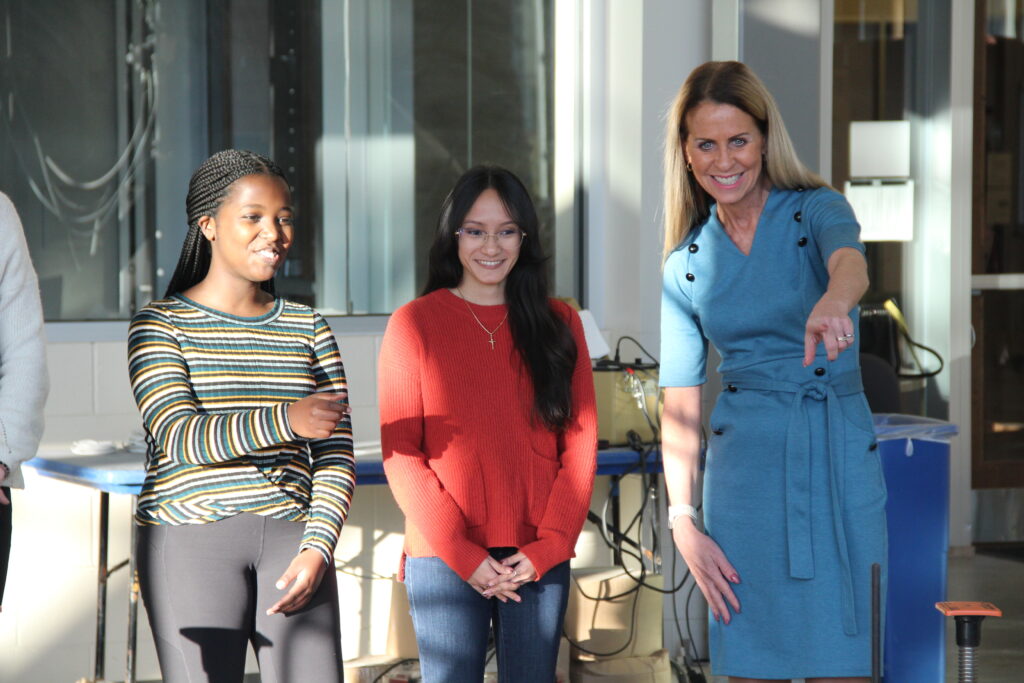
“Every year, we have a duty and opportunity to educate new engineers who will help create, lead and shape the future,” Ropella says. “To be true stewards of this type of education, we cannot be passive. As engineers, we listen to stakeholders, use data and find courage to create valuable change.”
Through this grant, the Opus College of Engineering will connect students, faculty, industry and programming, advancing two objectives that can change the face of engineering and reimagine how engineering curricula are designed.
Transforming teaching practices
“A key early step of this grant is hiring a director of engineering education for the college — that search is active now,” Ropella explains. “But in some individual classes, you’ll see big changes. We will be creating some new majors but along the way we will need to assess that what we’re doing is effective. We are going to experiment.”
An established faculty scholar who will build on and foster existing efforts among current faculty, the new director will help create a new applied research lab focused on engineering education for faculty and K-12 partners. He or she will also design a new graduate program to shape the next generation of engineering educators.
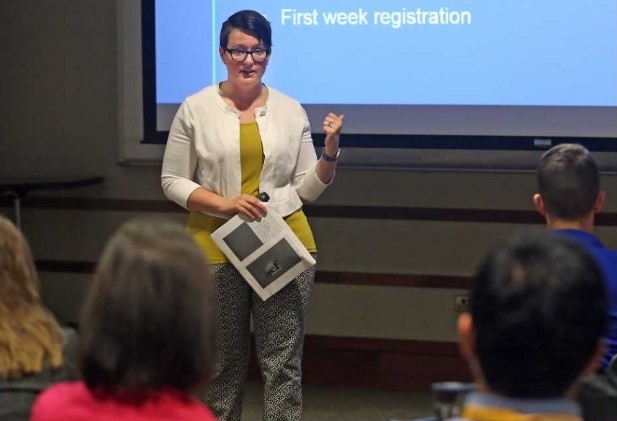
Dr. Amber Young-Brice envisions the engineering classroom of the future will be based in education and cognitive science with a mix of lectures and active learning. The assistant professor of nursing, along with Dr. Somesh Roy and Dr. Allison Murray in the Department of Mechanical Engineering, was awarded a $300,000 National Science Foundation award for a cross-disciplinary study, “Broadening Engineering Teaching with Theory-Based Educational Resources.” The study will provide insight into how faculty can help pave a road for student success through a human-centered teaching model.
“We’ve learned that students want a sense of belonging. They want community and want to know that their faculty believe in them,” Young-Brice explains. “So, we really want to focus on the holistic perspective of the student-teacher relationship and that power dynamic.”
Transforming programs, culture and environments
Ropella borrows a phrase from the Jesuits when she calls this initiative a “cannonball moment” for engineering at Marquette. College leaders see it as an opportunity to make meaningful change that will guide their work well into the future.
“We are asking questions like, what is being learned pre-college, how is the first year experienced, how do students progress through our curriculum and ultimately what is being used after they graduate and go on to lead in their organizations?” she says.
Throughout the project, the college will collect feedback from industry and alumni partners and then task programs to look closely at what they offer and consider how the engineer of tomorrow needs to be educated differently.
In addition to examining current programs, GHR’s support empowers the college to explore new programs across disciplines, such as opportunities to further explore the intersection of business and engineering.
The college also plans to create a new engineering student union space to help foster community and build a strong culture.
“We’ve seen engineers really connect and open up when we give them room to gather and support each other like in our engineering student success center,” says Brigid Lagerman, director of academic advising. “If we reimagine our spaces and give student leaders a stake in creating their own culture and climate, we can open up a lot of doors for students to persevere together and feel welcomed and safe here.”
Looking more like the world we serve
The college’s curricular transformation also aims to address a diversity deficit and broaden the appeal of engineering to a wider population of students.
In 2023, women claimed only 13.7% of the global engineering workforce, according to a recent report. As a minority in the profession, Murray uses that position as a strength when she teaches.
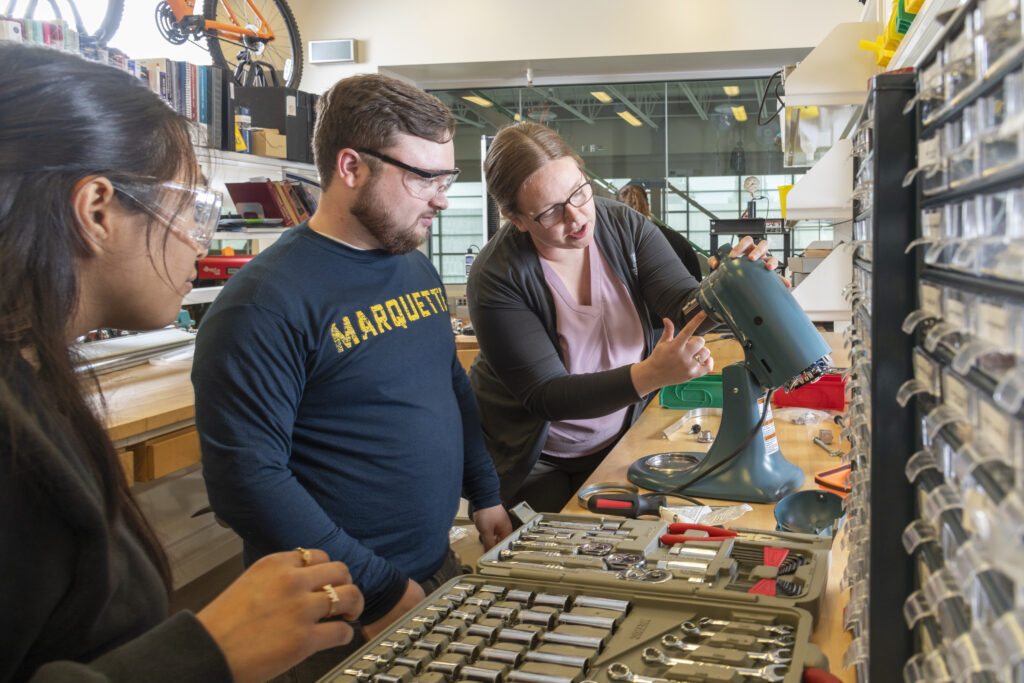
“As a female engineer, there are many times I am the only woman in a room — but I am in the room,” Murray says. “My approach to engineering, both in teaching and design, is to notice who is missing and to find a way to have their voice be represented.”
A growing body of data shows that diverse engineering teams create better products and serve their users more effectively. Murray explains that when teams are monolithic in experience, there are missed opportunities for innovation.
“For instance, women are more likely to be severely injured in a car accident than men. This is, in part, because the test dummies for vehicle safety were modeled from male anatomy, until quite recently,” Murray says. “Imagine the impact if a more representative range of body shapes and sizes had been considered in the product design and safety standards. Diversifying the engineering team can limit the effect of our blind spots on the design.”
Diversity will not just be a demographic either — engineers will need to diversify their thinking to problem solve at the speed of rapidly changing technology.
“There will be more diverse levels of engineering expertise and training,” Ropella elaborates. “We still tend to have a lot of depth and not as much breadth. And I think we need to allow for both. AI will also play a role. The things that we used to do with physical systems will be done on the computer now. There will be more of a virtual world where you will have a 3D field, or you could be in a conference room where everyone is virtually sitting across from you.”
